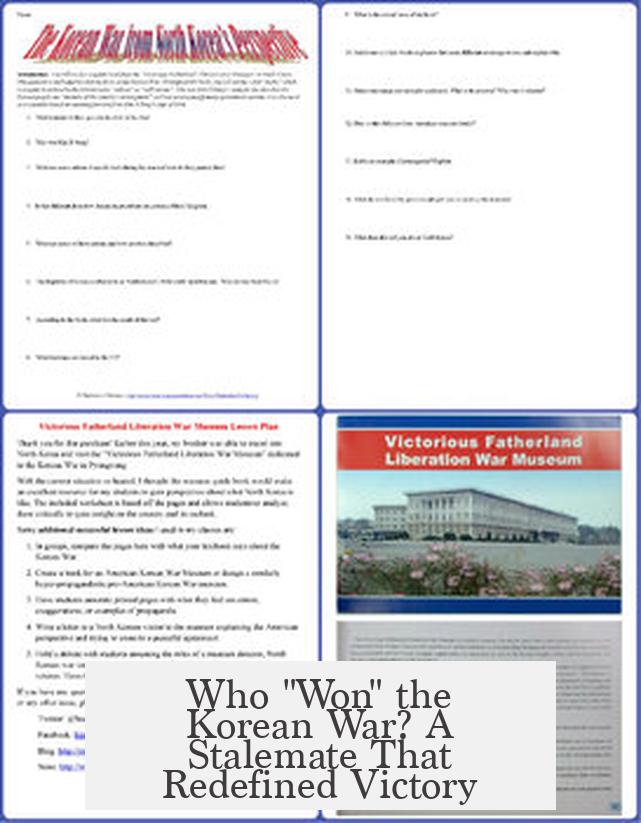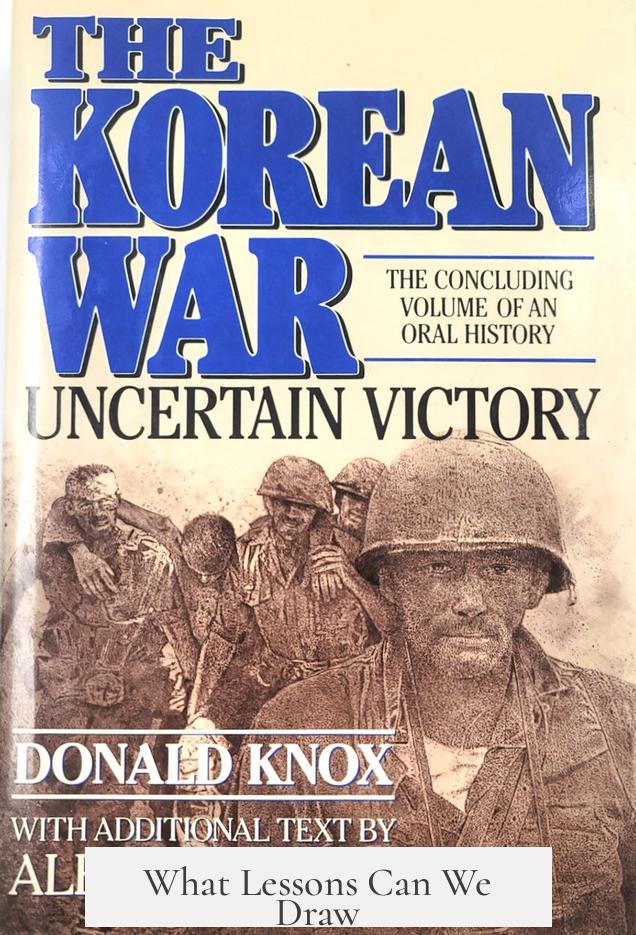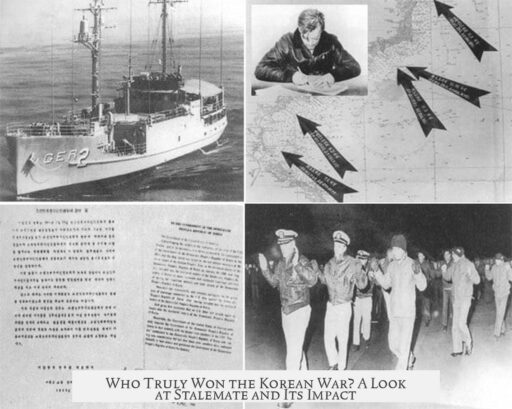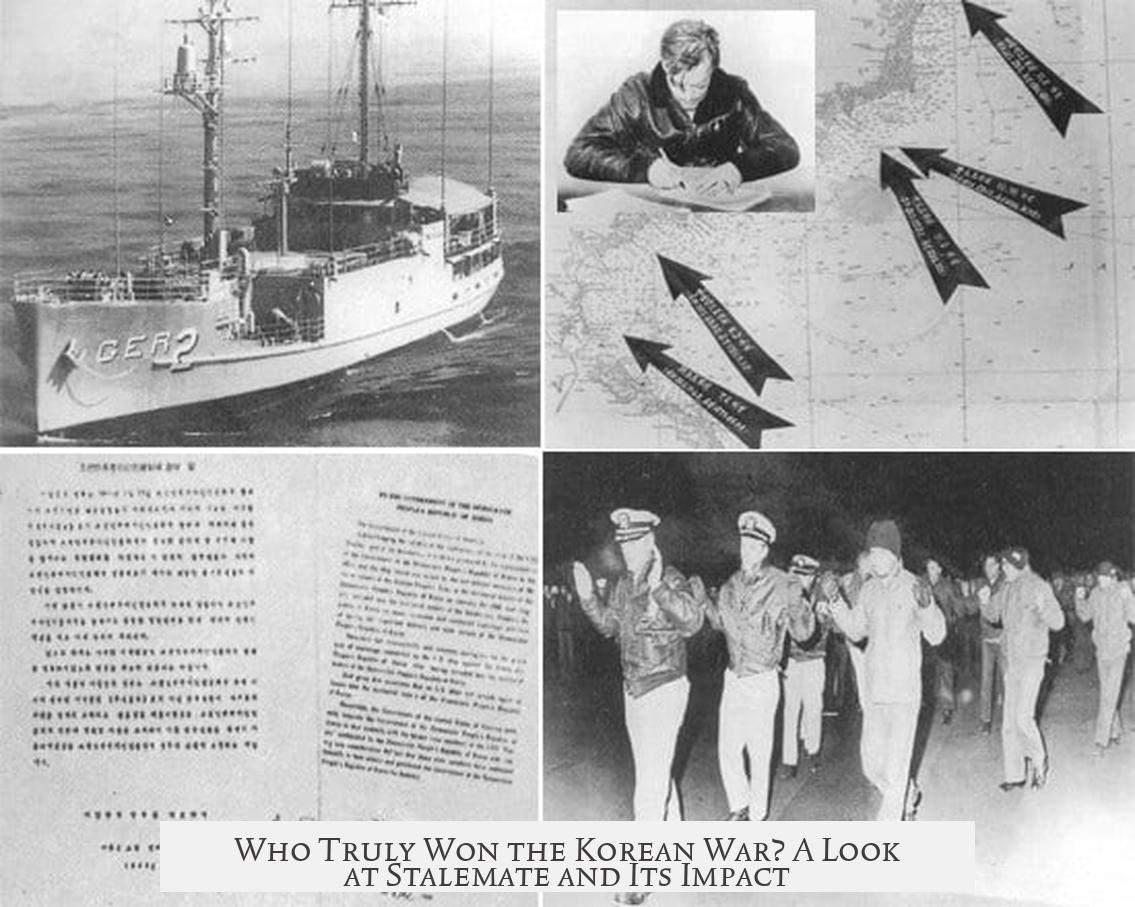The Korean War ended without a clear victor, resulting in a stalemate and a ceasefire rather than a formal conclusion. Neither side achieved complete objectives, leaving the conflict technically unresolved to this day.
The war began in 1950 when North Korea invaded South Korea. The United States and United Nations forces intervened with the initial goal to protect South Korea from communist takeover. This limited objective was focused on defense and preservation of South Korean sovereignty.
After successfully pushing North Korean forces back past the 38th parallel in early 1951, the UN forces’ aim expanded. Some argue the goal shifted toward reunification of Korea under a non-communist government. However, this changed dramatically when Chinese forces entered the conflict. Their involvement reversed UN advances and led to a military deadlock.
From 1951 onward, both sides settled into a stalemate along the 38th parallel, the dividing line between North and South Korea. The last two years of fighting were marked by little movement or territorial changes. The conflict became one of attrition with limited military actions on either side.
Lee Ballenger’s work, The Output War, highlights this second half of the conflict. He explains the limited scope of the war during this period as a result of military exhaustion and political considerations. Neither side wanted full-scale escalation, partly due to concerns over broader international consequences during the Cold War.
The armistice signed in 1953 halted active combat but did not officially end the war. The Korean Peninsula remains divided, with periodic tensions persisting. No peace treaty was ever signed, leaving the situation technically one of suspended conflict.
- No formal winner emerged from the Korean War.
- Initial UN objectives focused on defense of South Korea.
- Objectives shifted toward reunification before Chinese intervention caused a stalemate.
- The conflict became stagnant during the last two years, with limited military progress.
- The war ended with a ceasefire, not a peace treaty, and remains unresolved.
Who “Won” the Korean War? A Stalemate That Redefined Victory

The straightforward answer: No one won the Korean War. It ended in a stalemate, sealed by a ceasefire rather than a definitive peace treaty. Technically, the Korean War is still not over because the conflict was never formally concluded. For many, this answer might be surprising. Most wars have winners and losers declared at the end. But Korea remains a different story—a puzzle still unsettled after decades.
Let’s unravel this complex outcome with fresh eyes. How did such a defining mid-20th-century war end without a clear winner? And why does the “status quo” still linger today?
The Initial Spark: US and UN Objectives
The Korean War began in 1950 when North Korea invaded South Korea. The United States, under the United Nations banner, quickly stepped in. Their primary objective was explicit and tightly focused—to defend South Korea from communist takeover. This objective wasn’t vague or grandiose; it was about saving a nation from falling under northern control.
Picture this: the US and allied forces rolled up their sleeves just to protect South Korea’s sovereignty. The goal wasn’t to conquer or drastically reshape the peninsula—just a defensive maneuver. But as events unfolded, the mission evolved.
The Ambitious Push: From Defense to Reunification
By 1951, the tide had turned. The UN forces pushed the North Korean army back past the 38th parallel, the pre-war boundary. At this point, the original mission took a sharp left turn. Some American policymakers eyed reunification of Korea under Southern governance, now that momentum seemed to be on their side.
But then, the Chinese stepped into the arena with massive troop support to North Korea. Their entry shocked all players and complicated the military and political landscapes. The war morphed into a grinding stalemate with each side entangled in a bitter, exhausting conflict along a fixed line.
Years of Stagnation: The War That Went Nowhere

The years from 1951 to 1953 were marked by an eerie stillness. The front lines barely shifted. Pushes and counter-pushes led nowhere significant. Negotiations began and stalled repeatedly. Both sides, worn down and wary, effectively agreed to settle for what they had, reluctant to push for more fearing catastrophic escalation.
This phase is often called “The Output War,” a term explored in Lee Ballenger’s detailed study. It summarily captures the limited scope and ambition during this later half of the conflict, driven by military deadlock and political caution.
To understand it, think of two equally matched boxers locking arms in a clinch, neither able to land a knockout punch nor willing to break away. Both parties exhausted, they settle into a tense but quiet face-off.
The Ceasefire—Not Peace: Korea’s War in Limbo
In July 1953, an armistice agreement ended active fighting. But crucially, it did not declare victory or establish peace.
This “ceasefire” froze the conflict in place. The 38th parallel remained a heavily fortified boundary. The two Koreas split into opposing camps, each claiming legitimacy but none achieving total dominance. Decades later, both states still refer back to this moment as a war paused, not a war ended.
So, Who Really Won?
The Korean War delivered no ultimate victor.
Even though South Korea remained independent and secure—a clear achievement for the US and allies—the peninsula stayed divided. Reunification ambitions failed. North Korea survived the onslaught, supported robustly by China and the Soviet Union, keeping its regime intact.
Was the US successful? Partly. It kept South Korea from communist takeover but did not achieve reunification or regional peace. South Korea later emerged as a prosperous, democratic nation, an indirect long-term benefit. However, the peninsula’s division laid the groundwork for decades of tension and geopolitical gridlock.
North Korea, while militarily checked, preserved its sovereignty and even intensified its isolationist, authoritarian governance. Thus, it staggers on, backed by strong military deterrence and strategic alliances.
What Lessons Can We Draw?

This stalemate teaches us a few key lessons. First, war is rarely a clean contest with crisp winners or losers. Political agendas, international involvement, and ground realities complicate outcomes.
Second, military victory isn’t the only marker of success. For South Korea, survival and later economic growth count as long-term “wins,” even if reunification didn’t happen.
Third, unresolved conflicts leave behind long shadows. The ongoing tension and lack of peace treaty keep the Korean Peninsula in a permanent state of alert—even decades later.
Final Thoughts
Who won the Korean War? The answer is complicated and subtle. Our study shows no one won decisively. The war ended in a ceasefire, freezing conflict and division. The US and allies met limited objectives, while North Korea preserved its regime. The large ambitions for reunification and peace slipped through everyone’s fingers.
So, next time you hear someone claim a clear victor in the Korean War, remember history’s quiet truth. Wars aren’t always about winning with triumph parades and signed treaties. Sometimes, a stalemate can be the “victory” that no one wanted, yet everyone lived with.
Is this the best outcome? Probably not. But it shows how complex war, politics, and history really are—always resisting easy labels. Imagine the ongoing story of Korea, living proof that sometimes, the biggest “win” is simply surviving the fight.




